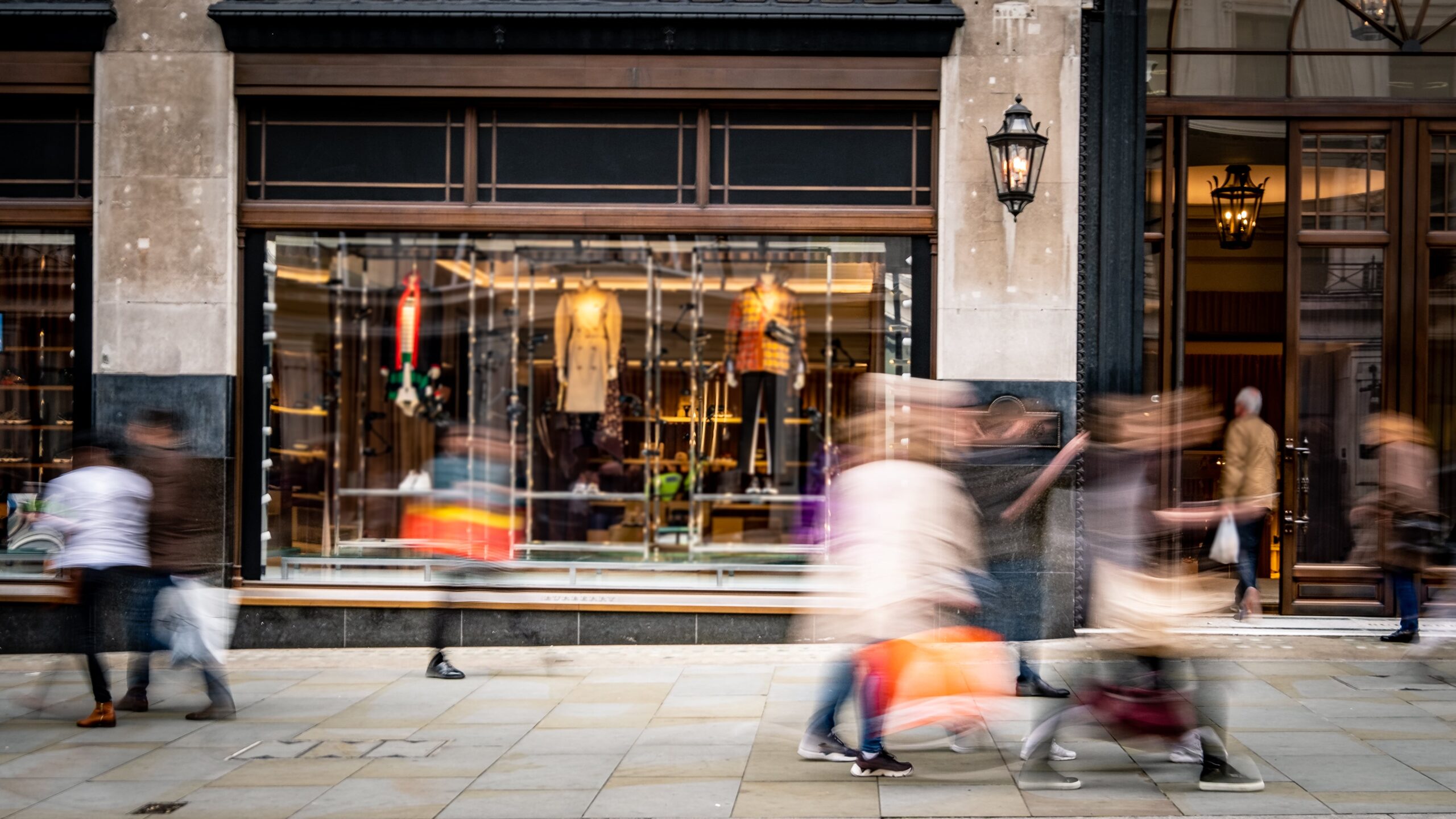
In-person shopping has made the comeback of a lifetime in recent years. Even as high interest rates and inflation eat into consumer spending, retail sales are holding strong.
The one problem, as retailers are discovering, is finding available space for new stores. In the US, vacancy rates have slipped to a 10-year low. Rents continue to rise globally, with the exception of Asia, where tourism and post-pandemic recovery overall have been slower.
For those looking to expand their footprint, there’s little hope of relief anytime soon, real estate experts say. Fashion brands find themselves competing for prime locations with a new generation of tenants including medspas, healthcare clinics, restaurants and entertainment concepts. All the while, construction for new retail developments has dramatically diminished since the pandemic. High interest rates and rapidly escalating construction costs have further dampened incentives to build.
As a result, the mismatch between supply and demand for retail real estate has never been more pronounced, data shows, with leverage for negotiation fully on the side of landlords.
“Tenants are just a lot healthier today and a lot of retailers are in expansion mode coming out of the pandemic,” said James Bohnaker, senior economist at Cushman & Wakefield, a commercial real estate brokerage. “But from a development aspect, given interest rates and the lending environment, it’s just not a time when you’re going to see new developments come on line.”
Apocalypse in Reverse
For years, “oversupply” was the key word in assessing the state of American retail. Hundreds of retail chains shuttered in the past 15 years as e-commerce emerged as a threat. Rents came down and vacancies soared in most markets.
That trend, along with the financial crisis of 2008 and its aftermath, left lenders wary of backing retail developments, which were considered higher risk than other projects.
When retailers were still going bankrupt, the lack of new construction was not an issue. But suddenly after the pandemic, when store closures hit a peak, the trend dramatically reversed. Left and right, retailers buoyed by stimulus checks switched to expansion mode.
The industry wasn’t prepared for the sudden reversal.
“I sometimes make the joke that retail was oversupplied for so long, until it wasn’t,” said Brandon Svec, national director of retail analytics at CoStar Group. “And now we find ourselves in a place where everyone was so concerned about supply that we really clamped down on new construction.”
The author has shared a Flourish data chart.You will need to accept and consent to the use of cookies and similar technologies by our third-party partners (including: YouTube, Instagram or Twitter), in order to view embedded content in this article and others you may visit in future.
Rent rates for open-air shopping centres in the US have risen persistently since the beginning of 2020, reaching an average of $24.37 per square foot in the second quarter of this year, according to data from Cushman & Wakefield.
The vacancy rate, a measure of how much space is available for rent, for all types of retail in the US is 4.2 percent, the lowest rate albeit by a small margin in 10 years, according to CoStar Group.
But despite burgeoning need for new spaces, retail construction is still very much stunted. Last year, about 9.8 million square feet of new retail construction were completed. That’s compared to nearly 19 million square feet in total absorption, or the amount of space newly occupied by tenants — a measure of demand.
The author has shared a Flourish data chart.You will need to accept and consent to the use of cookies and similar technologies by our third-party partners (including: YouTube, Instagram or Twitter), in order to view embedded content in this article and others you may visit in future.
This is because high construction costs and reluctant lenders have made retail projects commercially unattractive to developers, according to Svec. Rents, even on an upward trajectory, are not making up for the price of land, labour and materials today.
“Right now we’re at an all-time low for space under construction,” he said. “The economics of a new development has changed … and that’s why we won’t see a groundswell shift in construction any time soon.”
Not every piece of retail real estate has recovered at the same pace. Undesirable mall storefronts vacated long before the pandemic have largely remained empty. Mall spaces have a far higher vacancy rate than retail overall, CoStar data shows, though this wasn’t the case prior to 2018.
The author has shared a Flourish data chart.You will need to accept and consent to the use of cookies and similar technologies by our third-party partners (including: YouTube, Instagram or Twitter), in order to view embedded content in this article and others you may visit in future.
The current vacancy rate for malls in America is more than double that of the category at large, at 8.9 percent. The undesirability of struggling malls is exacerbating the retail supply crisis, Svec said, because not only are there no new retail construction, traditional mall tenants like Foot Locker and Bath & Body Works are now seeking relocation to either more premium malls or open-air shopping centres, creating more competition for the same pool of coveted spaces.
At the same time, some markets are hotter than others. Following the pandemic, cities in the Sun Belt of America have become hotspots for migration. These cities include Tampa and Fort Lauderdale in Florida; Phoenix, Arizona; Nashville, Tennessee; and Las Vegas, Nevada — the top five cities in terms of rent growth between 2019 and 2024. In Tampa, for instance, retail rents grew 38 percent in a five-year period — that’s compared to 8.5 percent in New York and 0.9 percent in San Francisco.
The author has shared a Flourish data chart.You will need to accept and consent to the use of cookies and similar technologies by our third-party partners (including: YouTube, Instagram or Twitter), in order to view embedded content in this article and others you may visit in future.
One of the driving factors for their popularity, said Svec, is that states like Texas, Florida and Arizona all have low taxes that incentivise business, on top of favourable mild weather in the wintertime.



